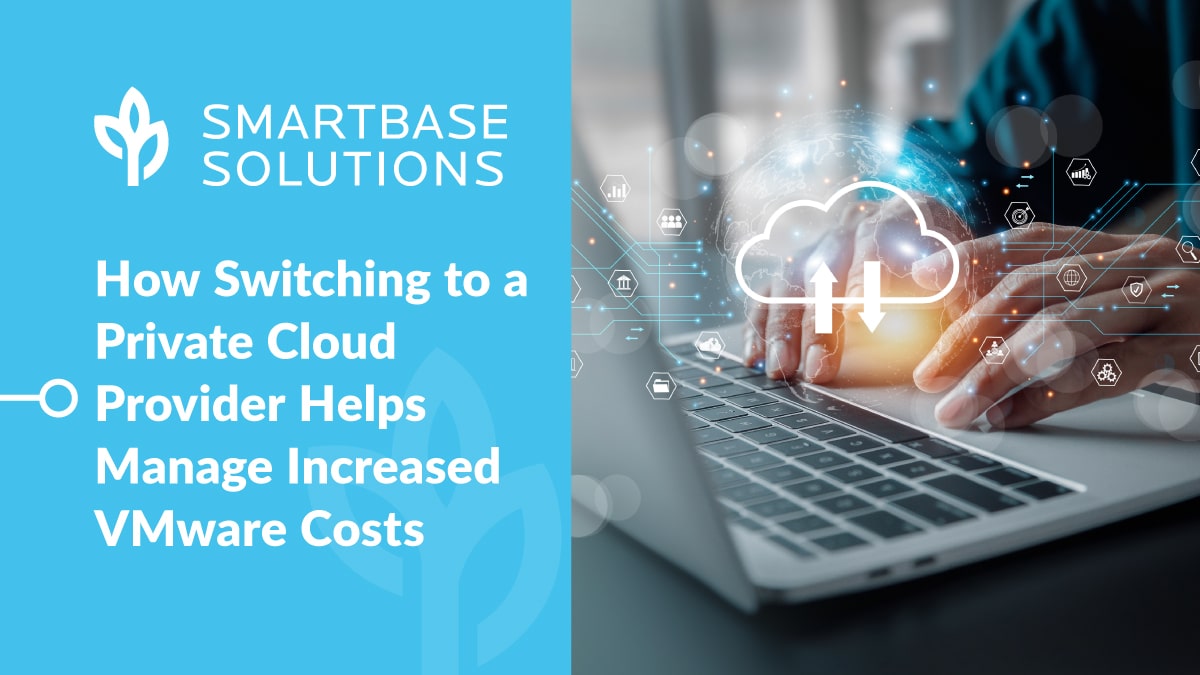Did you know that 72% of internet users have looked online for healthcare information in the last year? If you search Google for “Symptom Checker”, you’ll come across websites like WebMD, Mayo Clinic, and 100 other websites that offer free healthcare information to consumers.
The healthcare model has flipped significantly, putting the consumer in the driver’s seat of their own healthcare journey. They are getting information where they want it, how they want it and when they want it. The doctor has become an advisor or a guide on this journey instead of the primary source of healthcare information.
With all of the readily available info, how can healthcare keep consumers engaged?
The change in roles throughout the healthcare industry has pushed hospitals, pharmaceutical companies and clinics to drastically alter the way they are marketing to the masses. Because the industry is no longer controlling this flow of information, it’s more important than ever to understand the needs and behaviors of the consumer. Instead of pharmaceutical companies speaking the healthcare language, they have had to create clear, simple and compassionate messaging to appeal to the everyday person.
Another challenge for healthcare was to find ways to reach out to people will specialty needs – a significantly smaller audience than those wanting information about the flu. Connecting with these people through digital marketing and consumer groups allows that specialty messaging to be heard by the people who need that information.
For more about how to succeed in the age of the empowered healthcare consumer, I’d like to offer you a copy of our “Effectively Engaging with the Empowered Healthcare Consumer” Whitepaper!
Inside you will find:
-
The 5 essential components of a successful healthcare culture shift
-
The 5 steps to creating the ability to successfully reach the empowered healthcare consumer
-
Plus 10 facts you didn’t know about healthcare consumer habits



